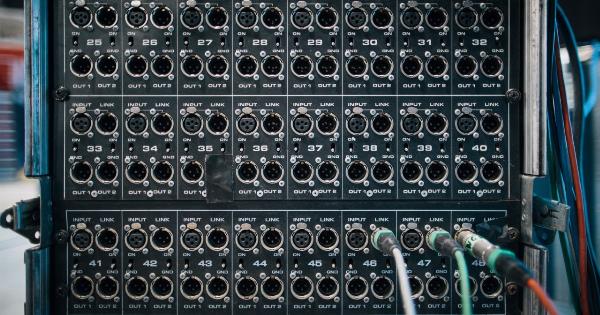Sneezing is a natural bodily function that occurs when irritants tickle the nasal mucous membranes.
Whether it’s due to allergies, illnesses, or even just a sudden burst of air, sneezing is something that the human body does as a reaction to these irritants. Interestingly, while the act of sneezing may be universal, the way it sounds can vary significantly across different languages and cultures.
Let’s dive into the fascinating world of sneezing sounds and explore why they sound so different in many languages.
The Linguistic Phenomenon of Onomatopoeia
Onomatopoeia is the linguistic phenomenon in which words imitate the natural sounds associated with specific objects or actions. Sneezing sounds are no exception to this phenomenon.
In different parts of the world, people have come up with their own unique ways of representing the sound of a sneeze through onomatopoeic words. These words are often based on how people perceive the sound of a sneeze and can vary greatly from one language to another.
Sneezing Sounds in English
In the English language, the sound of a sneeze is commonly represented by the onomatopoeic word “achoo!” This word has become deeply ingrained in the English-speaking culture and is widely recognized as the standard representation of a sneeze. However, it’s important to note that even within the English language, there can be regional variations in how people portray the sound of sneezing.
Some might say “atchoo” instead of “achoo,” displaying how even small differences in pronunciation can create variations in onomatopoeic words.
Sneezing Sounds in Romance Languages
Romance languages, such as Spanish, French, Italian, and Portuguese, also have their own unique ways of representing sneezing sounds.
In Spanish, for example, the onomatopoeic word for a sneeze is “achís,” a variation of the English “achoo.” French speakers represent the sound of a sneeze as “atchoum,” while Italians use “ettciù.” Portuguese speakers, on the other hand, use “atchim” or “atchôo” to mimic the sound of a sneeze.
Sneezing Sounds in Eastern Languages
Eastern languages also have their own interesting representations of sneezing sounds. In Japanese, for instance, a sneeze is expressed as “hakushon,” which imitates the sound of a sneeze.
In Mandarin Chinese, the onomatopoeic word for a sneeze is “xiē yi,” which is often used in comical contexts. These variations highlight how different cultures develop unique linguistic expressions for common actions such as sneezing.
Sneezing Sounds in Germanic Languages
Germanic languages, such as German and Dutch, have their own distinct onomatopoeic words for sneezing sounds. In German, the word for sneezing is “hatschi,” while Dutch speakers use “hatsjoe” to represent a sneeze.
These variations in onomatopoeic words across Germanic languages demonstrate that even languages that are geographically close can have distinct representations for sneezing sounds.
Cultural Influences on Sneezing Sounds
The variations in sneezing sounds across different languages can also be attributed to cultural influences. Sneezing is often associated with various cultural beliefs and superstitions.
For example, in some cultures, a sneeze is considered a sign of good luck, while in others, it may be seen as an omen of bad luck or illness.
These cultural beliefs can impact the way people perceive and represent sneezing sounds. For instance, in cultures where sneezing is considered auspicious, the onomatopoeic words for a sneeze may sound softer or more pleasant.
On the other hand, in cultures where sneezing is associated with illness or bad luck, the onomatopoeic words may carry a harsher or negative connotation.
The Role of Phonetics in Sneezing Sounds
Phonetics, the study of the physical sounds of human speech, also plays a significant role in the way sneezing sounds are represented across different languages.
The phonetic properties of a language, including its consonant and vowel sounds, influence the onomatopoeic words used to represent a sneeze.
For example, languages with a strong emphasis on nasal sounds, such as French, may have onomatopoeic words for sneezing that exaggerate nasal consonants.
Similarly, languages with distinct vowel sounds might utilize these sounds in their representation of a sneeze. Ultimately, the phonetic structure of a language shapes the onomatopoeic words used to convey the sound of a sneeze.
Evolution of Sneezing Sounds
Over time, sneezing sounds themselves can evolve within a language. Different generations and communities may come up with their own variations of onomatopoeic words, influenced by changing cultural norms, phonetic shifts, and regional accents.
These variations contribute to the rich diversity of sneezing sounds found within a single language.
Conclusion
While sneezing is a universal experience, the way it sounds is far from universal. The variations in sneezing sounds across different languages can be attributed to onomatopoeia, cultural influences, phonetic structures, and even regional accents.
From the classic “achoo” in English to the soft “achís” in Spanish, each language offers its own unique representation of the sound of a sneeze. These linguistic variations remind us of the rich and diverse ways in which languages adapt and evolve to express everyday experiences.































